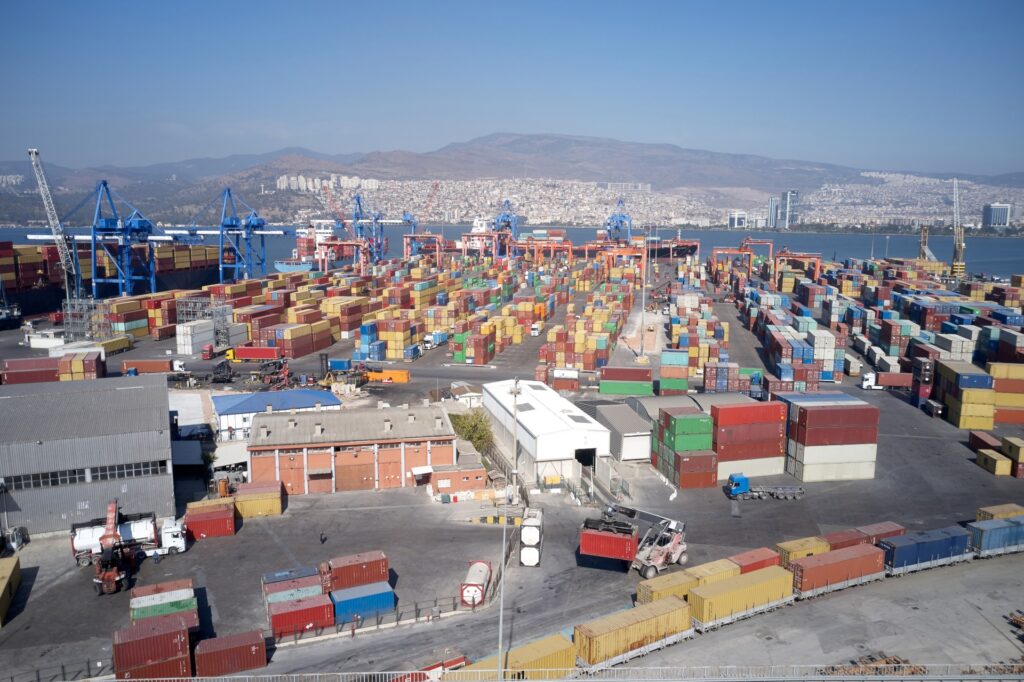Landlocked and geopolitically significant, Afghanistan’s economic lifeline is built on effective and reliable transit trade routes. The journey of goods from international ports to Afghan borders—through Pakistan and Iran primarily—is not just a logistical process. It’s a story of regional cooperation, economic survival, and future potential. Transit trade plays a pivotal role in supporting Afghanistan’s commercial activities, linking it with global markets, and fostering regional interdependence.
Understanding Transit Trade in the Afghan Context
Transit trade refers to the movement of goods through one or more countries to reach a final destination, in this case, Afghanistan. Due to its landlocked geography, Afghanistan depends on neighboring countries—especially Pakistan and Iran—to access seaports and conduct international trade.
The two major transit routes serving Afghanistan include:
-
Pakistan Route (via Karachi and Gwadar Ports) – Goods travel through Torkham and Chaman to enter Afghanistan.
-
Iran Route (via Chabahar Port) – Offers an alternative route connecting western Afghanistan with global markets.
These corridors not only supply Afghanistan with essential imports—such as food, fuel, medicine, machinery, and consumer goods—but also allow Afghan exporters to send goods abroad, sustaining domestic industries and employment.
The Role of Pakistan: A Critical Transit Partner
Pakistan has long served as Afghanistan’s primary trade corridor, owing to its proximity and well-established road infrastructure. The Afghanistan-Pakistan Transit Trade Agreement (APTTA) allows Afghan traders to import goods via Karachi and Gwadar ports, with seamless passage to the Afghan border.
Key border points facilitating this trade include:
-
Torkham Border (Khyber Pakhtunkhwa) – Handles a significant volume of Afghan-bound cargo daily.
-
Chaman Border (Balochistan) – Crucial for trade with southern Afghanistan, including Kandahar and Helmand.
Pakistan’s infrastructure improvements, including border terminals, customs digitization, and cargo scanning, have helped reduce delays and corruption. The introduction of the TIR (Transports Internationaux Routiers) system has further streamlined cargo movement by minimizing inspections and formalities at border crossings.
Chabahar Port: A Strategic Alternative
Afghanistan’s access to Iran’s Chabahar Port, developed with Indian assistance, offers a second critical trade corridor. This route connects to western Afghan provinces such as Nimroz and Herat and is strategically positioned to reduce Afghanistan’s dependence on a single route.
Chabahar has not only enhanced India-Afghanistan trade relations but also contributed to regional stability by diversifying logistics options and reducing bottlenecks caused by political tensions between Pakistan and Afghanistan.
How Transit Trade Supports Afghan Commerce
1. Ensures Supply Chain Continuity
From fuel and food to raw materials and electronics, Afghanistan relies on a continuous flow of imports to sustain everyday life. Transit trade ensures:
-
Availability of essential goods
-
Stability in consumer markets
-
Supply for factories and construction projects
Any disruption in transit trade—due to border closures or political instability—directly affects the Afghan economy and citizen livelihoods.
2. Boosts Domestic Industry
By importing raw materials and machinery, Afghan manufacturers can process and produce finished goods for domestic use and export. Transit trade thus fuels the productivity of small and medium enterprises (SMEs) in textiles, food processing, construction, and other sectors.
3. Supports Afghan Exports
Afghanistan exports products such as:
-
Dried fruits and nuts
-
Saffron
-
Carpets and handicrafts
-
Medicinal herbs
Transit trade routes allow these products to reach Pakistan, India, Central Asia, the UAE, and Europe, boosting foreign exchange earnings and sustaining employment.
4. Generates Revenue and Employment
Border and customs operations related to transit trade contribute to revenue generation for the Afghan government. Additionally, logistics services, warehousing, and transport companies provide thousands of jobs to locals.
Challenges Facing Transit Trade in Afghanistan
Despite its vital role, transit trade in Afghanistan faces a range of challenges:
– Security Issues
Instability, especially near borders and key transit roads, often disrupts cargo movement. Convoys require protection, raising costs and causing delays.
– Bureaucratic Delays
Red tape, manual customs processes, and inconsistent regulations can lead to bottlenecks and increase costs for traders.
– Infrastructure Deficits
Poor road conditions, lack of cold storage facilities, and underdeveloped rail links reduce efficiency and increase the risk of cargo damage or spoilage.
– Political Tensions
Strained diplomatic relations between Afghanistan and its neighbors, particularly Pakistan, have historically led to border closures and trade suspensions.
Opportunities for Growth and Modernization
Afghanistan and its transit partners have several pathways to strengthen and modernize the trade ecosystem:
1. Expansion of TIR Operations
Scaling up the TIR system can drastically reduce border delays and improve transit security.
2. Public-Private Partnerships (PPP)
Governments should encourage private sector investment in dry ports, logistics parks, and fleet modernization, promoting efficiency and innovation.
3. Digital Customs and e-Governance
Implementing paperless, integrated trade platforms can eliminate corruption and streamline documentation.
4. Bilateral and Multilateral Agreements
Expanding existing agreements to include Central Asian nations and multilateral bodies like CAREC and ECO will create a more integrated regional trade environment.
Conclusion: From Dependency to Opportunity
From port to border, transit trade sustains Afghanistan’s commercial heartbeat. It links Afghan markets to the world, supports industry and agriculture, and fuels hope for a more prosperous and interconnected region.
As political stability improves and regional cooperation deepens, Afghanistan has the potential to transform from a passive transit recipient to an active regional trade facilitator. This transformation will not only enhance Afghan commerce but also drive regional integration, shared prosperity, and lasting peace.



